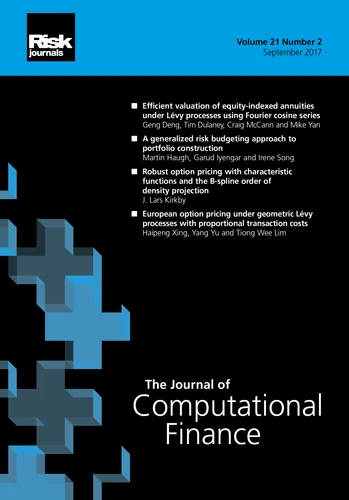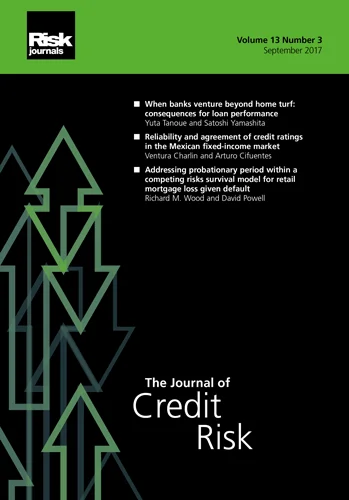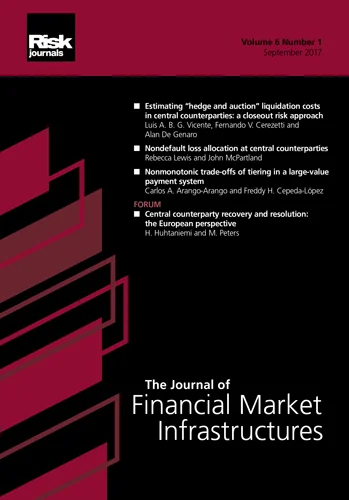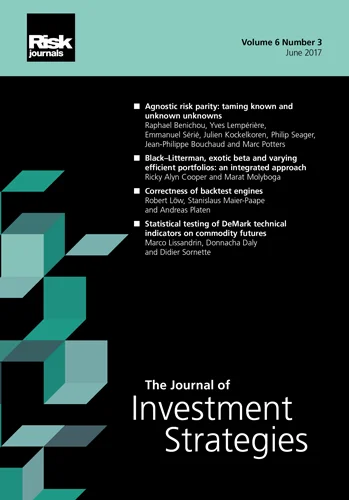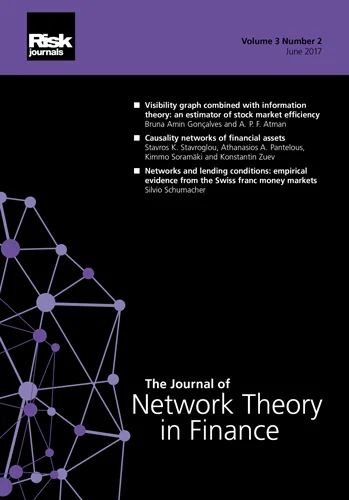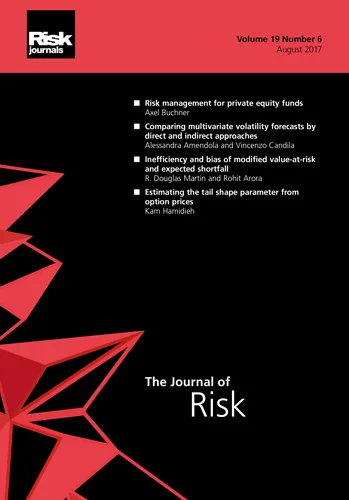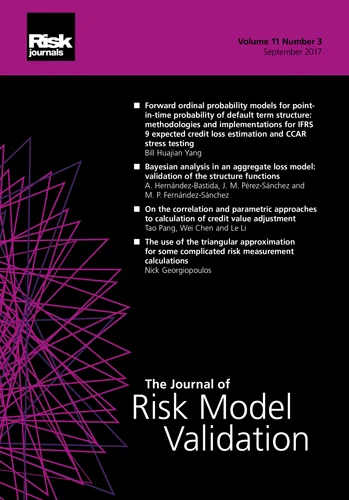Journal of Credit Risk
ISSN:
1744-6619 (print)
1755-9723 (online)
Editor-in-chief: Linda Allen and Jens Hilscher

Default risk in the era of environmental, social and governance ratings: a comparative analysis of divergence
Usman Hameed, Jianling Wang, Chen Wang, Bab Shah and Wajid Khan
Need to know
- Firms with better ESG performance exhibit lower default risk.
- Divergence in ESG ratings weakens the negative link between ESG performance and default risk.
- Results hold across robustness tests, including alternative default risk measures and endogeneity checks.
- The main effect is stronger in firms with low market competition, poor audit quality, high financial constraints, and in high-pollution industries.
Abstract
We investigate the effect of environmental, social and governance (ESG) ratings and their divergence on default risk. Using a sample of Chinese A-share listed firms from 2009 to 2022, we find a negative relationship between default risk and ESG performance, suggesting that better ESG performance could lower default risk for firms. Moreover, ESG rating divergence weakens this negative relationship. Several robustness tests, addressing endogeneity concerns and using alternative default risk measures, confirm the validity of this finding. In addition, the marginally inhibiting effect of ESG ratings and rating divergence on default risk is more noticeable in companies that have low market competition, low audit quality and high levels of financial constraints and that belong to industries with high pollution. This paper highlights the importance of including ESG factors in investment strategies as well as the significance of transparency and standardization in
Copyright Infopro Digital Limited. All rights reserved.
As outlined in our terms and conditions, https://www.infopro-digital.com/terms-and-conditions/subscriptions/ (point 2.4), printing is limited to a single copy.
If you would like to purchase additional rights please email info@risk.net
Copyright Infopro Digital Limited. All rights reserved.
You may share this content using our article tools. As outlined in our terms and conditions, https://www.infopro-digital.com/terms-and-conditions/subscriptions/ (clause 2.4), an Authorised User may only make one copy of the materials for their own personal use. You must also comply with the restrictions in clause 2.5.
If you would like to purchase additional rights please email info@risk.net
